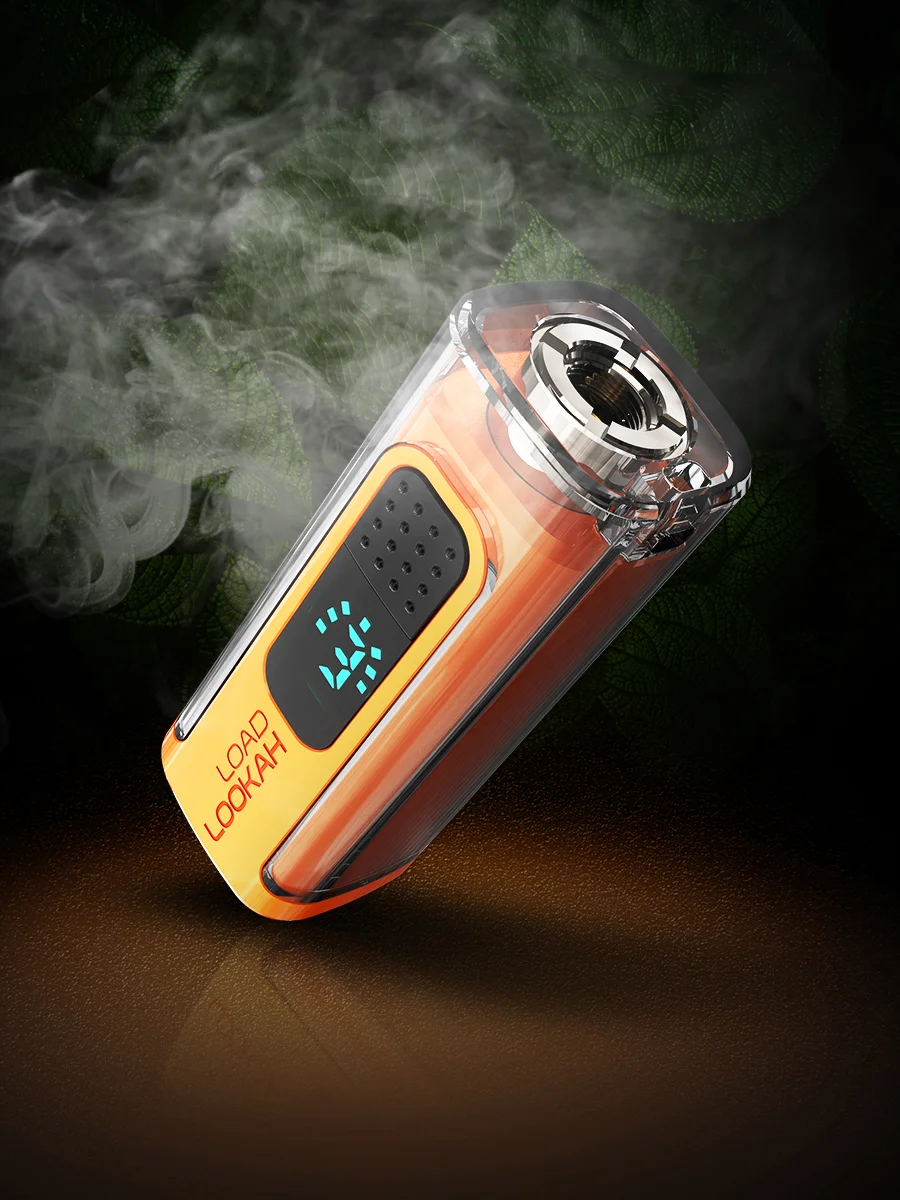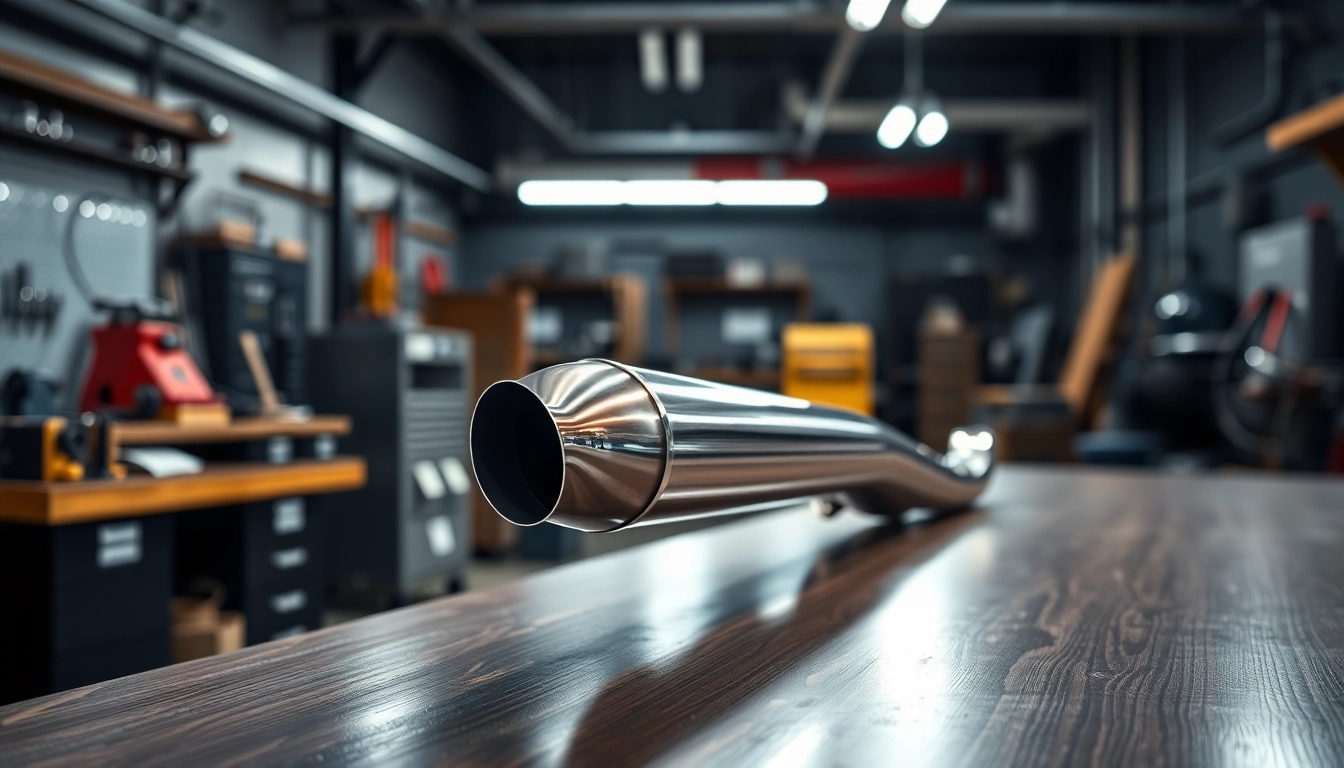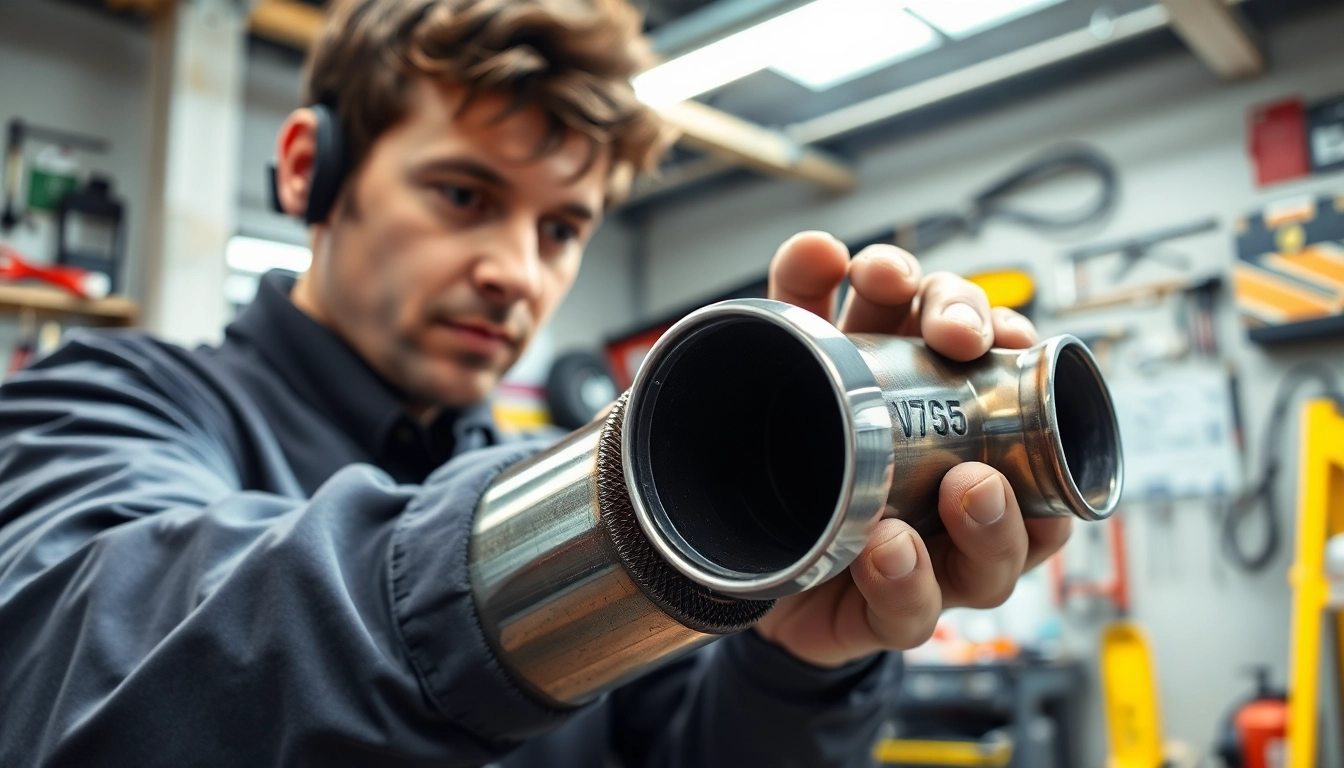
Understanding the Basics of 510 Thread Battery
What Is a 510 Thread Battery?
The 510 thread battery is a universal connector that serves as the backbone of the modern vaping experience. This type of battery, characterized by its 510 threading, is designed to fit most vape cartridges and devices effortlessly. The “510” refers to the specific dimensions of the threading, with “5” indicating the diameter of the connection and “10” representing the number of threads: 10 threads with each measuring 0.5 mm.
Predominantly made of lightweight and durable materials, the 510 thread battery is typically rechargeable and comes equipped with lithium-ion technology, allowing for a compact size while still providing significant power. These batteries are engineered to be reliable and effective, ensuring a consistent vaping experience for those who use them.
How 510 Thread Battery Connects with Vape Cartridges
The connection between the 510 thread battery and vape cartridges is crucial for optimal functionality. The male 510 threads from the battery screw into the female threads of the cartridge, creating a secure and stable connection. This design allows for effective transfer of power from the battery to the cartridge, heating the substance (e-liquid, oil, or concentrate) contained within the cartridge to create vapor.
This compatibility is a significant reason why 510 thread batteries are the most widely used type within the vaping industry. Users can easily swap batteries and cartridges, enhancing convenience and versatility in their vaping experience. This adaptability not only supports various consumption preferences but also gives users the flexibility to experiment with different types of cartridges.
Benefits of Using a 510 Thread Battery
The benefits of using a 510 thread battery extend beyond simple compatibility. These batteries often come with various features designed to enhance the overall user experience:
- Versatile Compatibility: Their design allows them to connect with most cartridges on the market, making them suitable for various oils and e-liquids.
- Ease of Use: Most 510 thread batteries operate with a one-button system, making them user-friendly, even for beginners.
- Rechargeable Batteries: They are equipped with rechargeable which is environmentally friendly and offers cost savings over time.
- Portability: Most models are compact and lightweight, making them easy to carry and use on-the-go.
- Customizable Settings: Many 510 thread batteries feature adjustable voltage settings, allowing users to tailor their vaping experience to their preferences.
Choosing the Right 510 Thread Battery
Key Features to Consider
When selecting a 510 thread battery, several key features should be taken into account to ensure the best vaping experience:
- Battery Capacity (mAh): This measures how much charge the battery can hold. Higher mAh ratings typically mean longer usage between charges.
- Voltage Settings: Some 510 thread batteries offer adjustable voltage, giving users control over the warmth and intensity of their vapor.
- Design and Build Quality: A sturdy and stylish design can enhance user experience and ensure durability.
- Charging Method: Consider whether the battery uses standard USB charging, which is more convenient, or other methods, which may be less versatile.
- Indicator Lights: LED indicators can provide information on battery life and functioning, helping users manage their usage effectively.
Different Types of 510 Thread Batteries
There are various types of 510 thread batteries on the market, each catering to different preferences and needs:
- Standard Batteries: These are the most common and offer basic features, suitable for everyday use.
- Variable Voltage Batteries: These allow users to adjust the voltage settings to customize their vaping experience.
- Smart Batteries: These often come with advanced features like auto-sensing technology, which detects the resistance of the attached cartridge and adjusts voltage accordingly.
- Heavy-Duty Batteries: Designed for users who need a longer battery life, these typically have a higher mAh capacity and are built for durability.
Common Mistakes to Avoid When Selecting
Choosing the right 510 thread battery involves understanding common misconceptions and mistakes:
- Ignoring Compatibility: Always ensure the battery is compatible with your specific cartridge. Not all cartridges are created equal, and some may require specific voltage settings or battery types.
- Overlooking Battery Life: Many new users prioritize price over battery capacity. However, investing in a battery with a higher mAh can save you from frequent recharges.
- Forgetting to Check Reviews: User reviews provide insights into the performance and durability of batteries. Ignoring this can lead to poor purchasing decisions.
- Neglecting Safety Features: Look for batteries with safety features like overcharge protection to prevent potential hazards.
Using Your 510 Thread Battery Effectively
How to Charge Your 510 Thread Battery
Proper charging of your 510 thread battery is essential for longevity and performance:
- Connect the Battery: Use the appropriate charger that is compatible with your 510 thread battery. Typically, this is a USB charger with a threaded connector.
- Plug into Power Source: Insert the other end of the charger into a USB port, which can be a computer or a USB wall adapter.
- Monitor the Charging Light: Most batteries have an indicator light that signifies the charging status. Generally, red means charging, while green indicates the battery is fully charged.
- Unplug Once Full: Once the battery is fully charged, unplug it to prevent overcharging.
Optimal Usage Tips for Lengthening Battery Life
To maximize the lifespan and performance of your 510 thread battery, consider the following tips:
- Avoid Complete Discharges: Try not to let the battery completely drain before recharging it. This could reduce its overall lifespan.
- Store in a Cool Environment: High temperatures can damage the battery. Store it in a cool, dry place when not in use.
- Use Compatible Cartridges: Using cartridges that your battery is designed for reduces the strain on the battery and ensures optimal performance.
- Regular Maintenance: Clean the threading on the battery and cartridge to maintain a strong connection and prevent functionality issues.
Safety Precautions to Follow
Safety should always be a priority when using a 510 thread battery:
- Use the Manufacturer’s Charger: Always use the charger that comes with your battery to avoid any compatibility issues or risks of damage.
- Regularly Inspect for Damage: Check your battery for wear and tear. Discontinue use if you notice any cracks or damaged components.
- Avoid Exposing to Extreme Temperatures: Extreme heat or cold can impact battery performance and safety. Aim to keep your battery in a moderate temperature environment.
Troubleshooting Common Issues with 510 Thread Battery
Identifying Connectivity Problems
If you’re experiencing connectivity issues between your 510 thread battery and cartridge, there are steps to troubleshoot:
- Check Connections: Ensure that both the battery and cartridge are free from debris. Clean the connection points with a soft cloth.
- Verify Compatibility: Double-check that the battery and cartridge are compatible. Using mismatched types can result in poor connectivity.
- Inspect for Damage: Look for physical damage on either the battery or cartridge. Damage can prevent proper connection.
Resolving Charging and Power Issues
Sometimes, 510 thread batteries may fail to charge or power on. Here’s how to resolve these issues:
- Test with a Different Charger: If your battery isn’t charging, try using a different charger to see if the issue lies with the charger itself.
- Inspect the Charging Port: Look for lint or debris inside the charging port and clean it gently if necessary.
- Check Battery Status: If there’s still no response, the battery may be dead and require replacement shortly.
When to Replace Your 510 Thread Battery
Understanding when to replace your 510 thread battery can save you time and frustration:
- Short Battery Life: If the battery seems to die quickly even after a full charge, it may be time to replace it.
- Inconsistent Performance: If you notice fluctuations in performance, such as inconsistent vapor production, it may signal that the battery is wearing out.
- Physical Damage: Any visible cracks or damage to the casing often necessitate immediate replacement for safety reasons.
Exploring Advanced Uses for 510 Thread Battery
Adjustable Voltage Settings Explained
One of the most appealing features of many modern 510 thread batteries is the adjustable voltage setting.
This feature allows users to change the output voltage, giving them control over the heat applied to the cartridge. Higher voltage settings can produce warmer vapor and stronger flavors, while lower settings may yield cooler vapor, allowing for a customized experience. Learning to adjust voltage settings can enhance the overall enjoyment of vaping based on personal preference and the type of cartridge being used.
Customizing Your Vaping Experience
The ability to tweak various settings means that users can personalize their vaping experience significantly. By combining different cartridges with one’s preferred voltage settings, users can explore a wide range of flavor profiles and vapor densities.
For example, some users may prefer thicker vapor, which is achieved with higher voltage settings, while others might enjoy a flavor-first approach with lower temperatures. Experimenting with these options can lead to discovering new and enjoyable ways to consume your favorite substances.
Future Trends in 510 Thread Battery Technology
The 510 thread battery landscape is constantly evolving, with new technologies emerging to improve the user experience:
- Smart Technology: Future batteries may feature more built-in smart technology enabling auto-adjustment based on the cartridge used.
- Rapid Charging: Advances in charging technology promise faster charging times without compromising battery integrity.
- Enhanced Safety Features: Expect more batteries to come equipped with advanced safety features to protect against overcharging, overheating, and short circuits.





